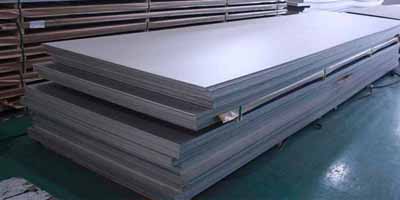
316 / 316L are austenitic stainless steels that contain molybdenum, which increases their resistance to many chemical corrodents and marine environments,and is the most widely used varieties of stainless plate.
316L is an extra low carbon version of 316 stainless steel. These materials are more resistant to general corrosion and pitting/crevices than conventional austenitic stainless steels. They also offer higher creep, stress-to-rupture and tensile strength at elevated temperatures, excellent corrosion resistance and strength properties, and they are well suited for fabricated or formed applications.
BBN Steel stocks dual certified 316/316L grade plate certified to ASTM A240 AND ASME SA240.
Typical Chemical Requirements
| Carbon Max |
0.03 |
| Manganese Max |
2 |
| Phosphorous Max |
0.045 |
| Sulfur Max |
0.03 |
| Silicon Max |
0.75 |
| Chromium Range |
16-18 |
| Nickel Range |
10-14 |
| Nitrogen Max |
0.1 |
| Molybdenum Range |
2-3 |
Mechanical Properties
| Tensile Strength Min |
70 ksi |
| Yield Strength Min |
25 ksi |
| Elongation Min |
40% |
| Hardness Min |
95 HRB |
316 / 316L stainless steel plates are part of the austenitic family of stainless steel 316 grades contain a higher level of Nickel than 304 giving it an improved corrosion resistance over 304 grades. 316/316L plate is a good option for marine applications due to a good atmospheric corrosion resistance. 316L is a low carbon modification to 316 grade.
BBN Steel offer as wide range of stock sizes and processing capabilities for your company's needs.



